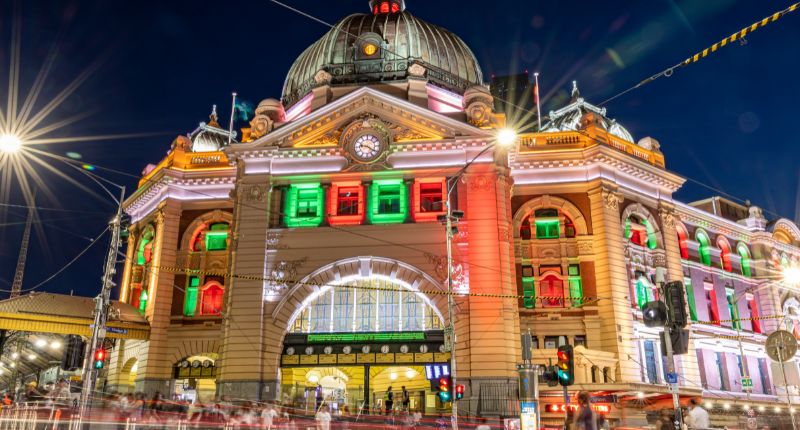
- Retail vacancies plunge, driven by office return, tourism and student influx.
- Discretionary spending projected to bounce back in 2024 with potential interest rate cuts.
- Melbourne's retail vacancy rate makes a remarkable recovery.
Retail vacancies have been shrinking in Australia, with Melbourne’s CBD taking the lead, according to CBRE’s latest research.
Retail space absorption improves across the nation
CBRE’s latest report found that Melbourne held the lead among the four capitals surveyed, with the lowest retail vacancy nationally, at 7.37%, and the most considerable vacancy reduction of 330 basis points (bps).
Vacancies also tightened in the Sydney CBD by 275 bps to 8.1%. Perth and Brisbane witnessed a slight decrease in their vacancies as well, of 25.3% and 18.7%, respectively.
“Overall, vacancy has tightened nationally. The return to office, coupled with increased tourism and international student inflows, has led to more foot traffic in CBDs, supporting occupier appetite for floorspace within these markets,” said CBRE’s head of retail research, Amita Mehra.
Spending to recover when interest rate cuts start
Cost of living pressures continued downward over the second half of 2023, as the Consumer Price Index (CPI) fell from 6% to 4.1% in the December quarter.
Although discretionary spending growth has largely stagnated over the past year, levels generally stayed stable. The report projected discretionary spending will increase in the second half of 2023 if interest rate cuts begin.
Total retail sales nationally were close to $425 billion in 2023, 60% above 2013’s $259 billion.
Retail vacancy rates rebound across Australia

CBRE’s head of retail property management and leasing, Sheree Griff, said that Australia’s 2024 retail landscape was bright, notwithstanding cost-of-living pressures.
“Bricks and mortar spaces remain highly desirable to retailers in ensuring their brands are vibrant and have a purposeful vibe that fosters a culture of innovation, as evidenced by the current flight to quality trend,” she said.
“Retail sales growth is attributed to consumers seeking to look good and feel good, with the strongest sales being reported in the wellness sector, cafes and restaurants.”
“Our view for 2024 is that leasing growth will occur across all markets as retailers partner with landlords to evolve and meet the live, work, and play needs of consumers.”
Sheree Griff, CBRE
Melbourne’s retail rebounds
Melbourne’s vacancy rate saw an improvement over all three retail categories over H2 2023. Laneway and arcades and strip retail held the greatest drops, at 3.6% and 3.5%, respectively. These categories ended H1 2023 with rates north of 10%, led by several non-core locations.
“Significant bifurcation is evident in both categories, with non-core locations exhibiting significantly higher vacancy than core locations. While overall vacancy has declined over the period, tenant preference for vacant space appears to be concentrated in limited locations,” said CBRE director of retail leasing, Jason Orenbuch.
The same applied to Melbourne’s CBD shopping centres, where over 10% spread in vacancy was seen between core and non-core centres.
The resilience of fashion retail activity played a significant role in driving centre vacancies down, despite cost-of-living pressures and rising interest rates.
“Melbourne’s CBD is undergoing a period of significant change, with major developments taking place throughout the city landscape. One of the most notable is the new metro tunnel project which will see new stations sprawled from North to South and including a number of new retail outlets throughout”, Orenbuch said.
“Multiple other arcades and significant parts of existing centres were undergoing major redevelopment as of H2 2023. We expect these developments to continue to spur shoppers to re-enter the CBD over 2024, creating strong demand across the city.”







